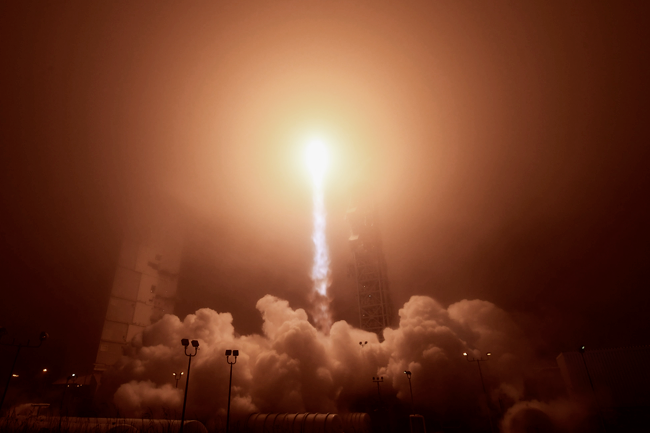Kenya has joined several other African nations in the continent’s space race, with the launch of a locally designed satellite.
Currently in orbit, the cube (or nano) satellite was developed under the KiboCUBE programme, and hurtled into space aboard a SpaceX rocket during a re-supply mission to the International Space Station (ISS). It was subsequently launched from the Japanese module of the ISS, according to a Quartz Africa report.
Designed, developed and operated by the University of Nairobi, the 10 cm3 nanosatellite will be used for disaster management, weather forecasting, and food-security mapping, as well as livestock and wildlife monitoring.
The satellite project forms part of a joint programme between the UN and the Japan Aerospace Exploration Agency. The initiative helps research institutions from developing countries manufacture and improve their own space technology.
While Kenya hosted the 1970 launch of NASA satellite Uhuru (the Swahili word for ‘freedom’), this more recent launch marks the East African nation’s official entry into the continent’s space exploration arena – joining other African countries such as South Africa, Egypt, Nigeria, Algeria and Morocco, as well as Ethiopia (which, with plans to become a scientific hub, has already funded a multimillion-dollar space observatory and research centre).
Kenya’s nanosatellite has a maximum lifespan of 18 months, after which it will de-orbit and incinerate as it re-enters the Earth’s atmosphere.


